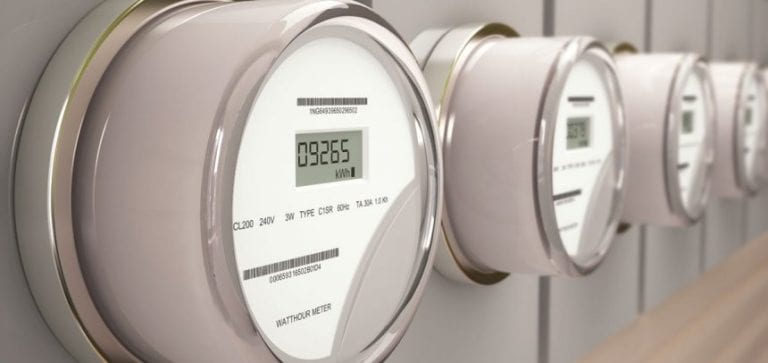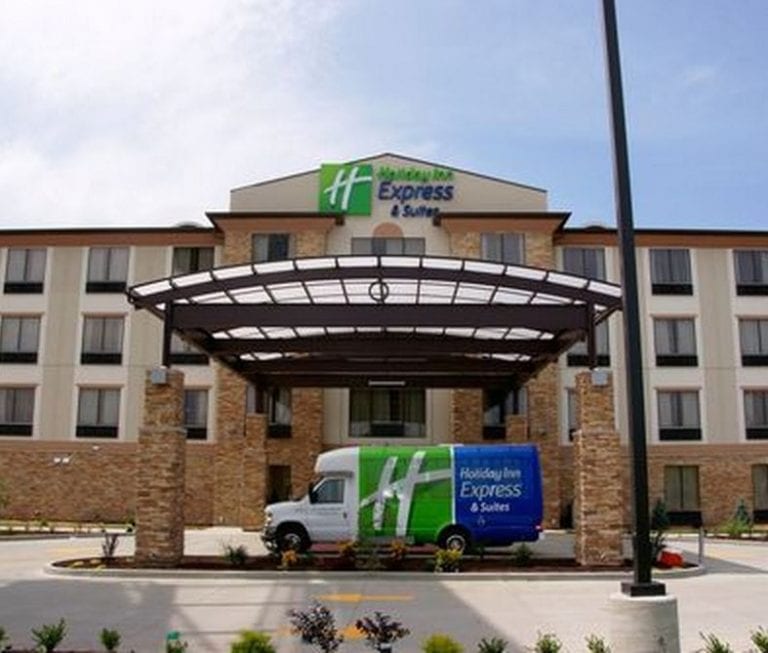Energy-Efficient Geothermal System has Excellent Payback
According to the EPA, geothermal systems are “the most energy efficient, environmentally clean and cost-effective space conditioning systems available today.” These are actually ground-source heat pumps – similar to the electric air-source heat pumps that were popularized 20-30 years ago. But instead of using air as a source from which to extract or transfer heat, the ground is used. About half of the sun’s solar energy is stored in the earth, resulting in fairly stable temperatures ranging from 54-56 degrees six feet deep in the St. Louis area.
In the summer, your air conditioner (or heat pump) extracts warm, humid air from your home and “dumps” it outside using a heat transfer fluid. Air-source heat pumps are relatively inefficient in the dog days of summer, because the hot fluid is not easily cooled by the warm outside air. However, the ground-source systems pump the coolant through a network of pipes in the earth, which quickly and efficiently absorb the unwanted heat. This method is 2-3 times more energy efficient than air conditioners or air-source heat pumps.
In the winter, traditional furnaces use some kind of fossil fuel (natural gas, propane or oil) to heat air to distribute throughout the home by a blower. An alternative is to heat water and distribute it through piping in concrete floors (radiant floor heating) or steam radiators. These systems rely on fuels which produce greenhouse gases at an ever-increasing cost. Electric furnaces are much cleaner, but using electricity to heat your home is usually much more expensive. Geothermal systems, on the other hand, simply reverse the flow of the heat transfer fluid, and extract the heat from the ground. The only energy required is electricity to run the system, primarily the pumps that circulate the coolant and fan to distribute warmed air throughout the home’s ductwork (or radiant floor heating).
Your refrigerator is actually a small heat pump. Heat is extracted from your freezer, and blown out the back or bottom of the unit. (It’s the cool air from the freezer that keeps the refrigerator portion of the box cold.) So, imagine how much more easily heat is extracted from the ground, which averages 55 degrees! An added benefit to geothermal is that excess heat, primarily in the summer, is used to heat your hot water, saving additional energy and money.
Before they made their decision, the Massimis had an energy audit done, which confirmed that their 1950 sq. ft. ranch-style house was energy efficient. They chose a GeoComfort unit installed by West County Heating and Cooling because of the reputation of the dealer and the manufacturer’s equipment. There are a lot of variables that go into sizing a system, primarily the size and energy efficiency of the building. It was determined that a 3-ton system would be optimal. The drilling and installation of the earth loop was completed in one day, and the balance of the system was installed the following day.
The pipes used to create the geothermal loop are heat-fused polyethylene to create a seamless tube with a 50-year warranty. Depending on the features of the property you live on, there are several options to choose from to create a closed-loop system. If you have enough land, you can do a horizontal loop, where the pipes run about 6-8 feet in trenches that are 150 to 300 ft. in length. The more common approach used for smaller properties like the Massimi’s is to install a vertical loop, drilling holes 150-300’ deep, with multiple holes about 10 feet apart. You need about 150 feet of pipe for each ton of capacity for each of these systems. If you live on a lake that’s at least a half-acre in size, you can submerge a coiled loop 10-12’ deep in the pond.
The cost, which is usually about double that of a traditional air-source heat pump or high-efficiency furnace and air conditioner, runs about $15,000 for an average (3-ton) system. Most homeowners are eligible for a 30% tax credit, which would bring the actual cost down to $10,500. For purposes of comparison, a similar sized air-source heat pump might cost approximately $8,500, and would also qualify for a $1,500 federal tax credit, which would bring the installed cost to $7,000. However, the fuel cost of the less efficient unit would be about 60-80% higher, so the additional up-front cost of the system are typically covered by energy savings in four to six years.
The Massimi’s installed a sub-meter to track their actual heating and cooling costs, and in the first nine months (Jul-Mar), their total annual heating and cooling costs were only $347, and will likely be about $425 for the first year. This compares to their estimated heating and cooling costs in 2008, which were over $1,000. This does not include the money they’ve saved on heating their hot water.
Steve Smith, president of the GeoComfort brand, admits that geothermal systems aren’t the best solution for everyone, but they make sense in about 80% of the cases they’ve analyzed. “If you’re building a new home or replacing your existing furnace and air conditioner, you owe it to yourself to check out the economics of the clean, renewable energy used in geothermal heating and cooling.”
For additional information on geothermal, visit www.GeoComfort.com for videos, diagrams and calculators.
Published in the St. Louis Globe-Democrat’s “The Green Life” on May 3, 2010




